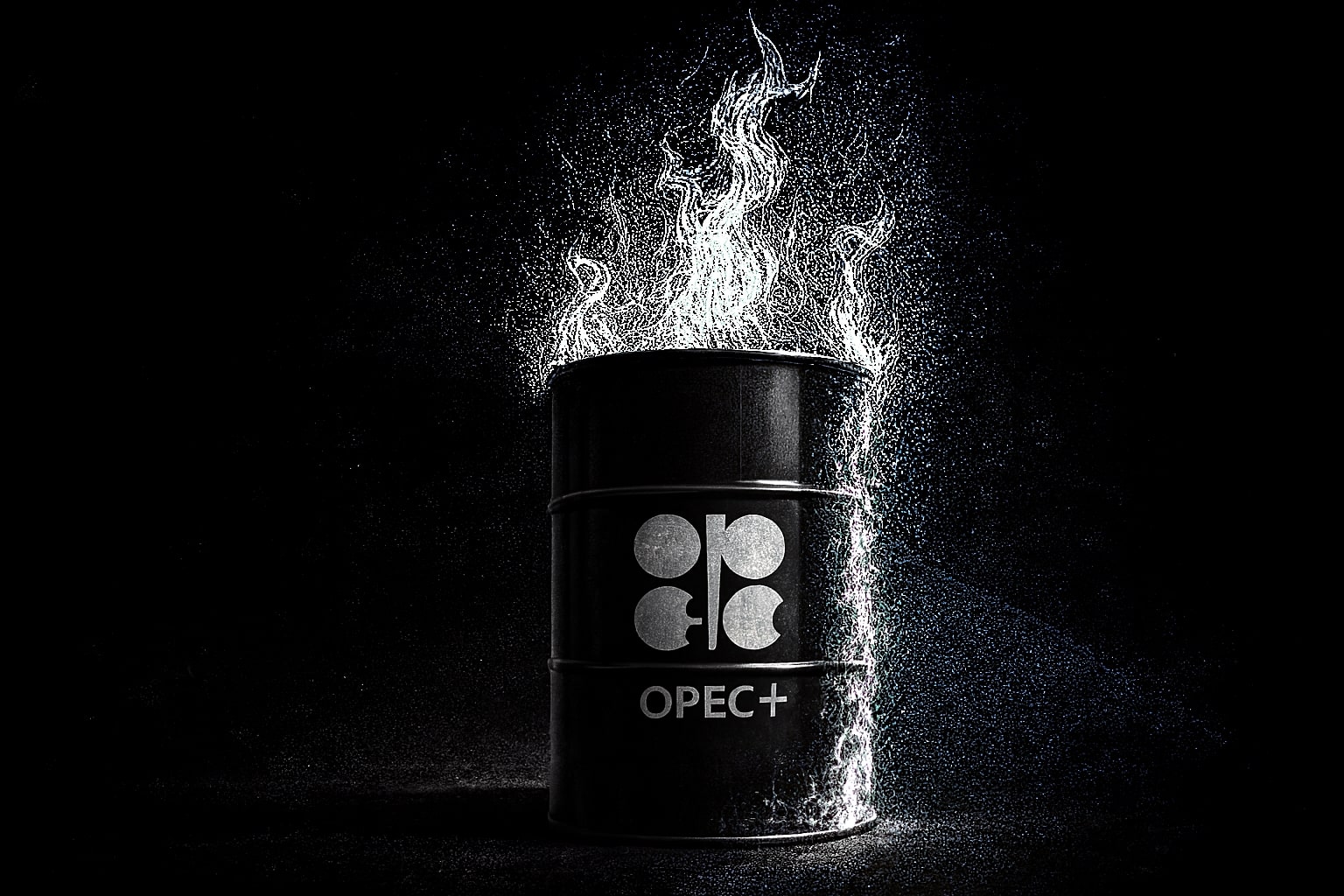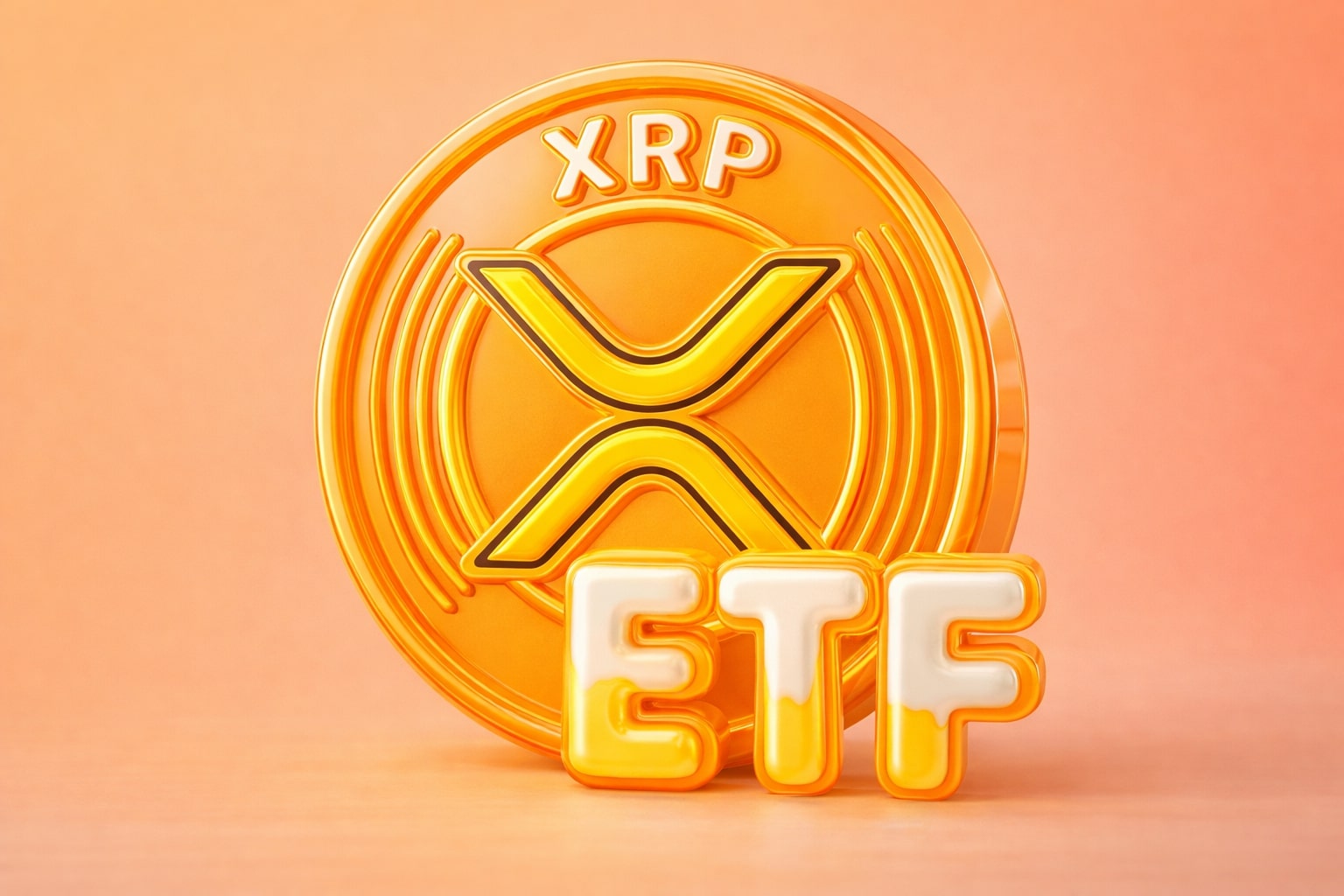
Gold Price Forecast - XAU/USD Slips Below $3,940 as Dollar Surge and Fed’s Caution Challenge 2025’s 50% Rally
Gold loses momentum after record highs, sliding 1.7% to $3,934 per ounce. Traders eye $3,870–$3,950 | That's TradingNEWS
Gold Price (XAU/USD) Battles the Dollar’s Surge, Fed Caution, and Explosive U.S. Debt Expansion
Gold’s momentum has entered one of its most volatile phases of 2025, with spot XAU/USD slipping to $3,934.77 per ounce, its sharpest single-day fall in a week, as the U.S. dollar extended its longest winning streak since July. Traders recalibrated expectations for the Federal Reserve’s next policy step, reawakening debate over how long real yields can restrain the precious metal’s 160% rally since January. Despite the short-term slide, gold remains up over 50% year-to-date, outperforming most major asset classes as capital floods into bullion-backed ETFs and physical demand resurges from Asia to North America.
The Dollar’s Relentless Rally Forces a Tactical Pullback
The Bloomberg Dollar Spot Index climbed for a seventh straight session, pulling gold down nearly 1.7% as of late New York trading. The dollar’s advance came as U.S. Treasury yields rebounded—10-year yield near 4.15% and 2-year at 3.63%—after Fed Chair Jerome Powell’s warning that markets were “premature” to expect further cuts in December. That single remark erased more than $100 from gold’s intraday highs and halted a four-day recovery streak.
The XAU/USD technical chart now shows immediate support near $3,870, corresponding to the 50-day EMA, and the next deeper floor at $3,672, aligned with the 100-day EMA. Resistance remains capped between $4,100–$4,250, where sellers have emerged in each of the last three sessions.
Fed Caution Collides with Inflation and Fiscal Risk
The shift in tone from the Federal Reserve—now pricing just a 66% probability of a December cut, down from 90% last week—has added friction to gold’s upward momentum. However, fiscal data tells a very different story. The U.S. national debt hit $38 trillion, expanding at nearly 7% annually, while the government continues to inject liquidity through elevated deficit spending and bond issuance.
According to independent analysis, the correlation between U.S. debt growth and gold prices since 2021 stands at 0.90, one of the strongest in history. That relationship implies that, with debt compounding by roughly $3 trillion per year, gold’s fair value trajectory could point toward $4,400 per ounce in 2026—around 10% higher than current levels—if real yields fail to contain inflation risk.
ETF Demand Anchors the Rally Despite Short-Term Weakness
Data from the World Gold Council reveals that U.S. demand for gold surged 58% year-on-year to 186 tonnes in Q3, dominated by institutional investment through ETFs. North American gold-backed ETFs absorbed 137 tonnes (≈$16 billion) in inflows last quarter—62% of global totals—pushing total U.S. holdings to 1,922 tonnes worth approximately $236 billion.
Funds like SPDR Gold Shares (NYSEARCA: GLD) and iShares Gold Trust (NYSEARCA: IAU) led the charge, adding 140 tonnes and 88 tonnes respectively, lifting assets under management to $125 billion for GLD and $59 billion for IAU. The surge in ETF flows more than offset a 64% year-on-year slump in physical bar and coin purchases, underscoring how institutional hedging has replaced retail buying as the main driver of price action.
Trading Volume Explodes Amid Record Volatility
The momentum behind gold’s 2025 run has also produced record turnover. COMEX futures and options averaged $104 billion (≈915 tonnes) in daily notional volume in Q3—up 35% year-over-year—while October saw a parabolic rise to $208 billion (≈1,587 tonnes) per day, a 51% month-on-month jump. Gold recorded 13 new all-time highs in Q3 and 11 more in October, reaching its 50th record of the year before retracing 8%.
This volatility reflects a structural rebalancing: traders are increasingly rotating out of high-valuation equities into hard assets as the Nasdaq Composite faces correction pressure. The XAU/USD correlation to the S&P 500 has turned negative (−0.32), confirming gold’s re-emergence as a hedge rather than a momentum trade.
Physical and Regional Demand Dynamics Shift
While investment flows dominate the current narrative, consumer demand tells a contrasting story. U.S. jewelry consumption fell 12% year-on-year to 25 tonnes, and bar-and-coin demand dropped 64% to just 7 tonnes, the weakest since 2017. Yet global retail behavior is shifting:
-
Costco’s gold bar sales have surged, prompting expansion into smaller fractional sizes.
-
U.S. dealers report that refineries are running near full capacity, with premiums on small-format bars rising due to tight supply.
-
Chinese demand remains elevated, with the Shanghai Gold Exchange reporting record vault inflows as Cambodia and other Southeast Asian nations began storing reserves in Chinese facilities—a strategic diversification away from U.S. custody.
Mining Giants Capitalize on Elevated Spot Prices
The rally has transformed the economics of gold producers. Kinross Gold Corporation (NYSE: K) reported Q3 2025 adjusted EPS of $0.44 and record free cash flow of $687 million, underpinned by 504,000 ounces produced at a $1,145 per-ounce cost. Its average realized gold price of $3,458/oz delivered margins exceeding $2,300 per ounce, marking one of the highest in the industry.
With $1.7 billion in cash, $3.4 billion in liquidity, and a net cash position of nearly $500 million, Kinross plans to redeem $500 million in 2027 senior notes, saving $35 million in interest. The company also raised shareholder returns to $750 million in 2025, combining buybacks and dividends.
Other miners followed suit:
-
Iamgold (NYSE:IAG) delivered record quarterly output of 190,000 ounces, with year-to-date production reaching 524,000 ounces.
-
Blue Gold Resources secured $140 million to restart its Ghana mine after resolving a lease dispute.
-
Aya Gold & Silver (TSX: AYA) valued its Moroccan Boumadine project at $3 billion, planning six open pits and three underground mines across an 11-year life cycle.
These moves signal that miners are using the high-price environment to strengthen balance sheets, extend reserves, and hedge against future cost inflation.
Read More
-
Stock Market Today: Dow Outperforms at 48,271 While S&P 500 and Nasdaq Slide on Oracle AI Debt Fears
17.12.2025 · TradingNEWS ArchiveStocks
-
Bitcoin Price Forecast: BTC-USD Stalls at $89K as Market Bets on $74K Washout or $94K Break
17.12.2025 · TradingNEWS ArchiveCrypto
-
Natural Gas Price Forecast: NG=F Falls to $3.80–$3.94 as Warm Winter Kills $5.50 Spike
16.12.2025 · TradingNEWS ArchiveCommodities
-
USD/JPY Price Forecast - USDJPY=X Slides, BoJ 0.50% Hike, Fed Cut and NFP Set the Next Big Move
16.12.2025 · TradingNEWS ArchiveForex
Technical Posture: Consolidation, Not Capitulation
Gold remains locked in a consolidation corridor between $3,870 and $4,100, oscillating above its 20-day EMA at $4,009 and 50-day EMA at $3,870. The Parabolic SAR still prints above price—indicating short-term selling pressure—but volume distribution suggests accumulation rather than panic. A sustained close above $4,100 could trigger a retest of $4,250, while a breach below $3,870 risks a slide toward $3,672, coinciding with the 100-day EMA.
Longer-term charts remain distinctly bullish: the 200-day EMA sits far lower at $3,399, confirming a multi-quarter uptrend. The RSI at 52 reflects neutral momentum, giving traders scope for renewed buying once macro data align.
Macro and Safe-Haven Interplay: The Twin Engines
Global equity turbulence has kept gold anchored as a preferred safe-haven. With the AI-heavy Nasdaq 100 down 4.3% this month and U.S. job and ISM data showing mixed signals, investors are hedging against both deflationary slowdown and renewed inflation. The ADP private payrolls came in below expectations at +145,000, while the ISM Services PMI fell to 51.8, reinforcing the narrative that the Fed’s tightening cycle may already have peaked.
Still, inflation expectations remain sticky: 5-year breakeven inflation stands at 2.43%, keeping real yields in check. That tension between a hawkish Fed and growing fiscal deterioration continues to underpin the bullish case for XAU/USD in the medium term.
The Debt-Gold Equation: Structural Repricing of Money
With the U.S. debt-to-GDP ratio now exceeding 127%, the link between fiscal policy and gold demand has become self-reinforcing. Investors see gold not merely as a hedge, but as an alternative reserve asset in a global system drowning in negative real yield. The empirical correlation (R = 0.90) between gold prices and U.S. debt since 2021 implies that every $1 trillion increase in federal debt translates to a $110–$130 rise in gold per ounce, assuming constant velocity in monetary aggregates.
At the current trajectory, this model forecasts gold near $4,400–$4,500 by mid-2026, even under stable inflation—an outcome consistent with Bloomberg consensus projections calling for $4,000 average in Q4 2025 and $4,500–$5,000 for 2026.
Market Sentiment: Defensive, Not Desperate
The CFTC’s Commitment of Traders (COT) data shows managed-money net longs at +213,000 contracts, down 8% week-on-week but still near multi-year highs. Meanwhile, retail trader sentiment on futures platforms has turned moderately bearish, typically a contrarian bullish signal. The Gold Volatility Index (GVZ) sits at 21.7, well above its 2024 average of 15.9, reflecting the ongoing tug-of-war between tightening monetary policy and liquidity injections through debt financing.
Outlook: Gold’s Core Thesis Remains Intact
The near-term tone may remain choppy, with XAU/USD trading between $3,870–$4,250, but the fundamental and structural backdrop remains firmly supportive. Fiscal expansion, de-dollarization flows, and geopolitical uncertainty—paired with limited mining supply growth—are setting the stage for another leg higher once the Fed’s pause transitions into cuts.
At this point, gold remains a Buy on dips, especially between $3,870–$3,950, with a medium-term target of $4,400–$4,500 and structural support at $3,672. The bias remains bullish, not for speculative breakout but for preservation and real-return hedging.
Rating: BUY (Accumulation Zone: $3,870–$3,950 | Target: $4,400–$4,500 | Support: $3,672 | Resistance: $4,250)
Sentiment: Medium-Term Bullish | Short-Term Neutral to Slightly Bearish | Long-Term Bullish



















